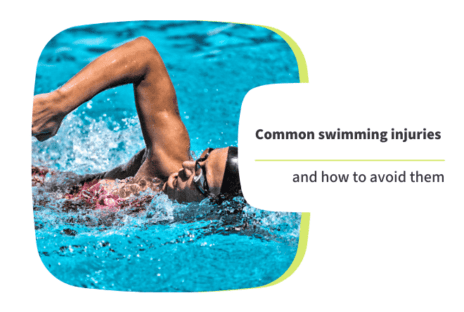12 essential warm-ups before weight lifting
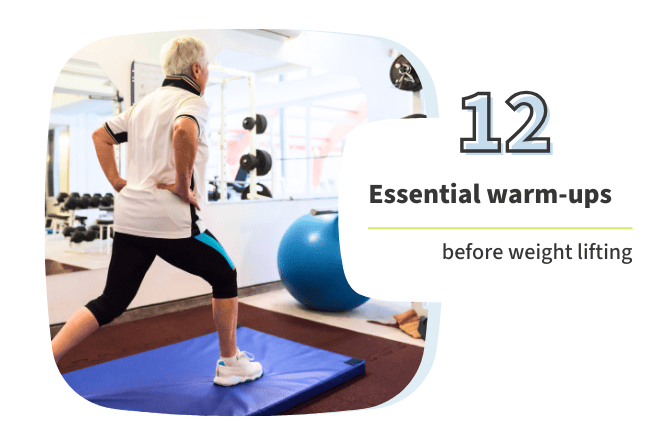
A proper warm-up is the cornerstone of effective weight lifting, priming your muscles, joints, and nervous system for peak performance while reducing injury risk. Research shows targeted warm-ups improve strength output by 5-15% compared to cold starts, with dynamic movements enhancing joint mobility and blood flow to working muscles. The ideal routine balances general cardiovascular activation with exercise-specific preparation, typically lasting 5-15 minutes to avoid pre-fatigue. Below are 12 science-backed warm-up exercises validated by Florida Orthopaedic Institutes very own Physical Therapists.
Weight lifting warm-ups
- Gastroc/calf stretch standing
- Hamstring stretch seated
- Quadriceps/hip flexor stretch
- Deltoid/posterior shoulder stretch
- Good mornings
- Lateral walking lunges
- Forward and retro walking lunges
- 30-feet bear crawls
- Plank holds
- Body weight squat
- PVC pass throughs
- Bike or rower
1. Gastroc/calf stretch standing
The standing calf stretch targets the gastrocnemius and soleus muscles, improving flexibility and range of motion in the ankle. To perform, stand facing a wall or firm object and place your hands on it for support, and step one or both feet on while keeping it straight with the heel on the ground. Lean forward slightly until you feel a stretch in your calf. This stretch enhances muscle function, reduces tension, and lowers the risk of strains by promoting elasticity. It also helps improve ankle stability by stretching the Achilles tendon, which supports proper lower body mechanics.
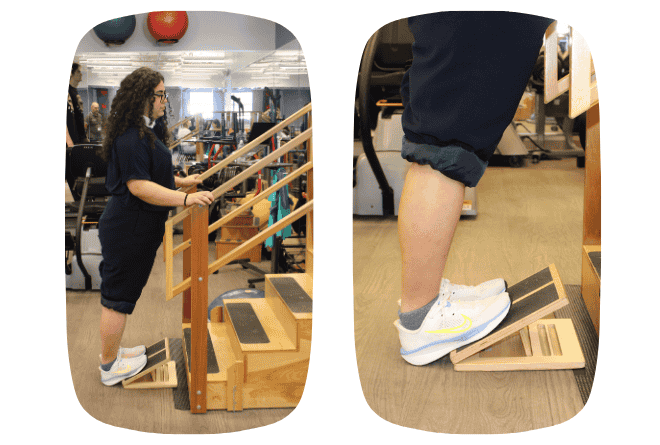
2. Hamstring seated stretch
The seated hamstring stretch is effective for improving flexibility and alleviating tightness in the hamstrings. Sit on the floor or a chair, extend one leg forward with the heel on the ground, and keep your toes pointing upward. Lean forward gently from the hips while keeping your back straight to feel a stretch along the back of your thigh. This stretch helps reduce lower back pain, enhances posture, and increases range of motion. It also replenishes nutrients and oxygen in hamstring muscles, aiding recovery and performance in activities like walking or lifting.
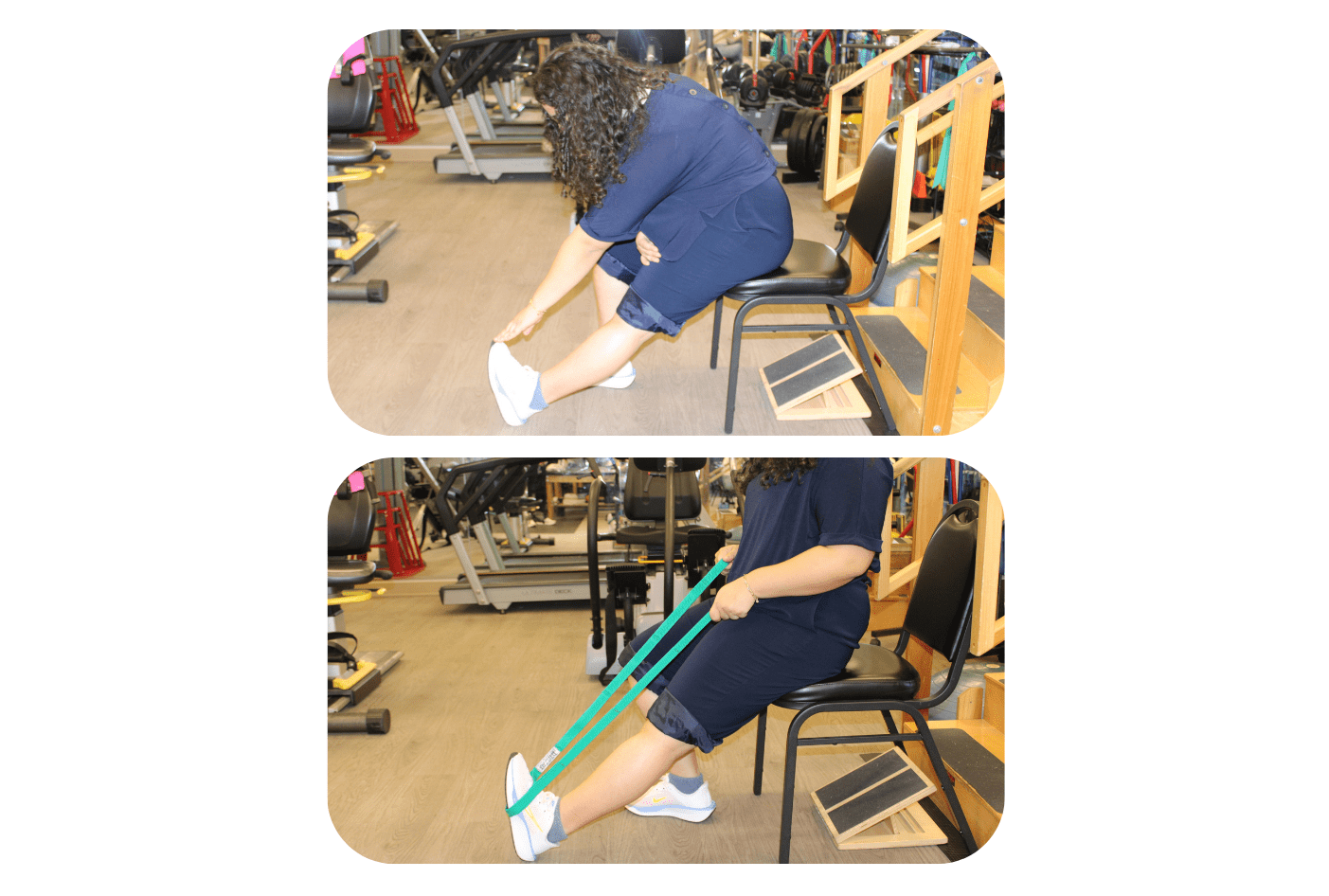
3. Quadriceps/hip flexor stretch
This stretch focuses on the quadriceps and hip flexors to improve flexibility and reduce injury risk. In a standing version, balance on one leg, pull your opposite foot toward your buttocks, and keep your knees close together. For a kneeling variation, place one knee on the ground with the other foot flat in front of you; push your hips forward to deepen the stretch. These stretches benefit athletes by enhancing hip mobility for activities like running or cycling. Hold each position for 20–30 seconds and repeat on both sides.
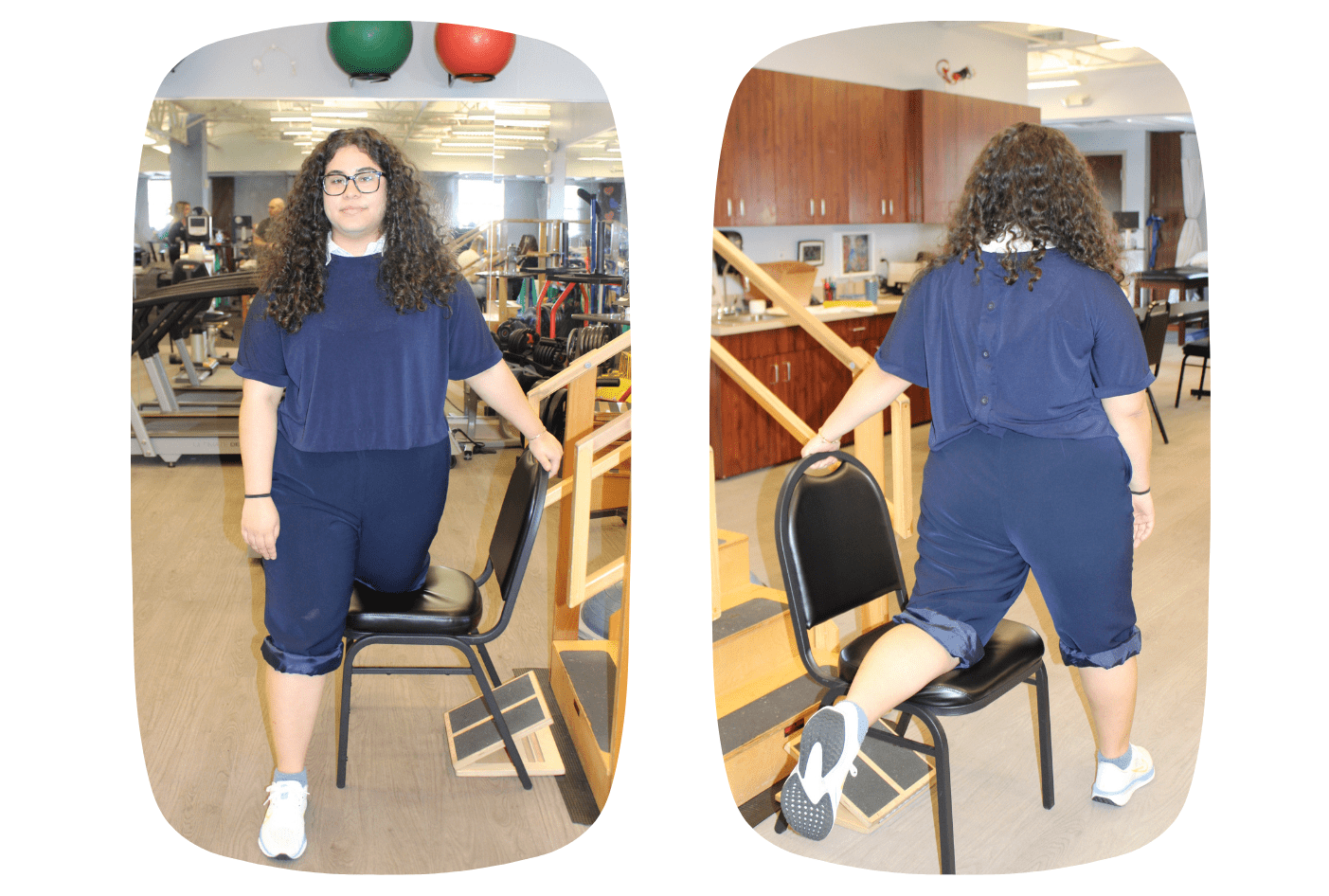
4. Deltoid/posterior shoulder stretch
The posterior deltoid stretch targets the back of the shoulder to relieve stiffness and improve mobility. Begin by relaxing your shoulders and reaching one arm across your chest. Use your opposite hand to gently pull it closer to your body until you feel a stretch in the rear deltoid. Hold for 30 seconds while breathing deeply, then switch arms. This stretch is beneficial for improving shoulder flexibility and preventing injuries during upper-body exercises or sports.
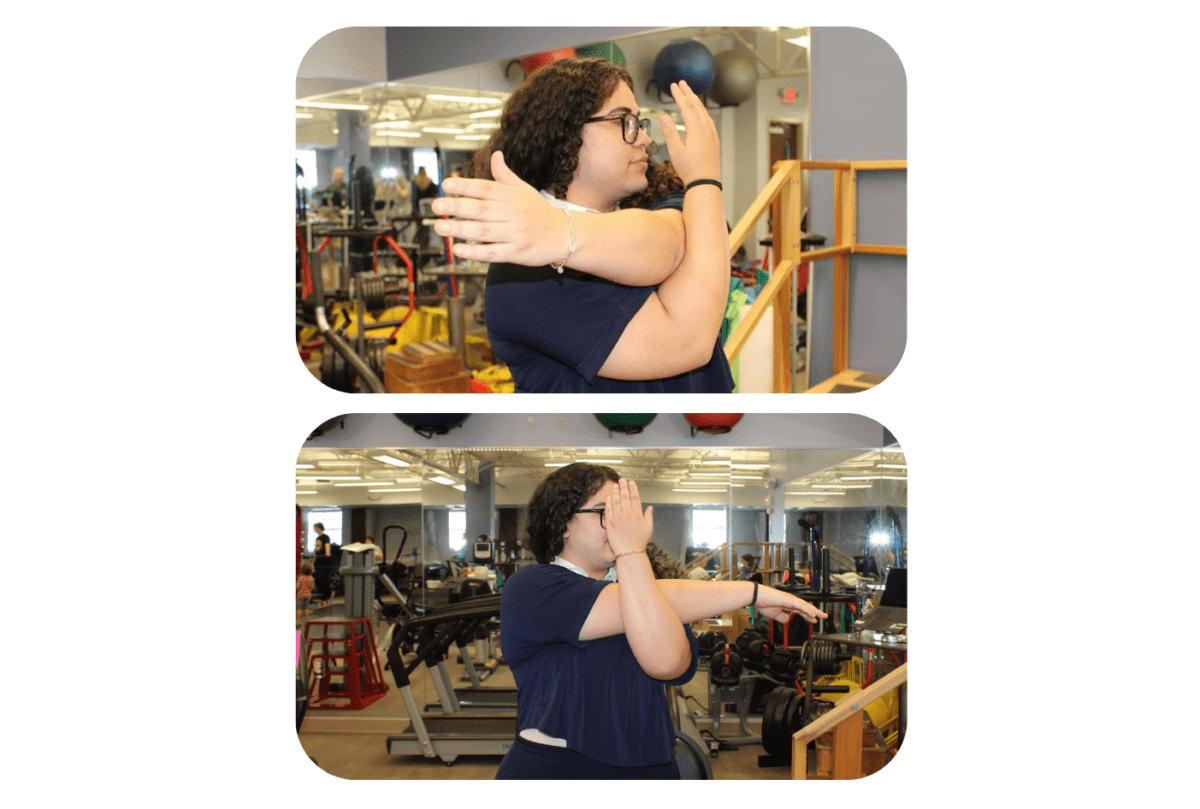
5. Good mornings
Good mornings are an exercise that stretches and strengthens the hamstrings, glutes, and lower back. Stand with feet shoulder-width apart and hands behind your head or holding a light barbell across your shoulders. Hinge at the hips while keeping your back straight, lowering your torso until it’s nearly parallel to the floor. Slowly return to standing. This movement improves posterior chain flexibility and strength while enhancing posture.
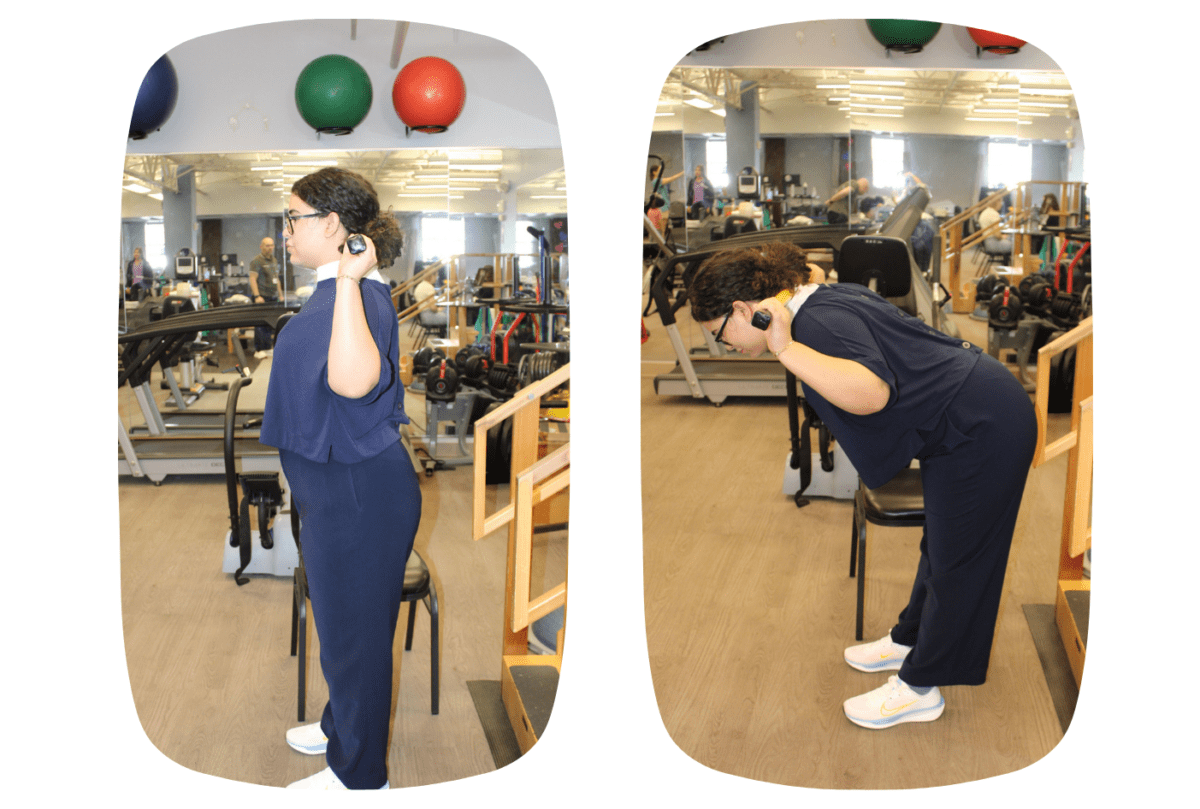
6. Lateral walking lunges
Lateral walking lunges target the inner thighs, glutes, and hip abductors while improving lateral mobility. Start standing with feet together; step out to one side into a lunge position by bending one knee while keeping the other leg straight. Push off with your bent leg to return to standing before stepping out with the opposite leg. This dynamic movement enhances balance, coordination, and lower body flexibility.
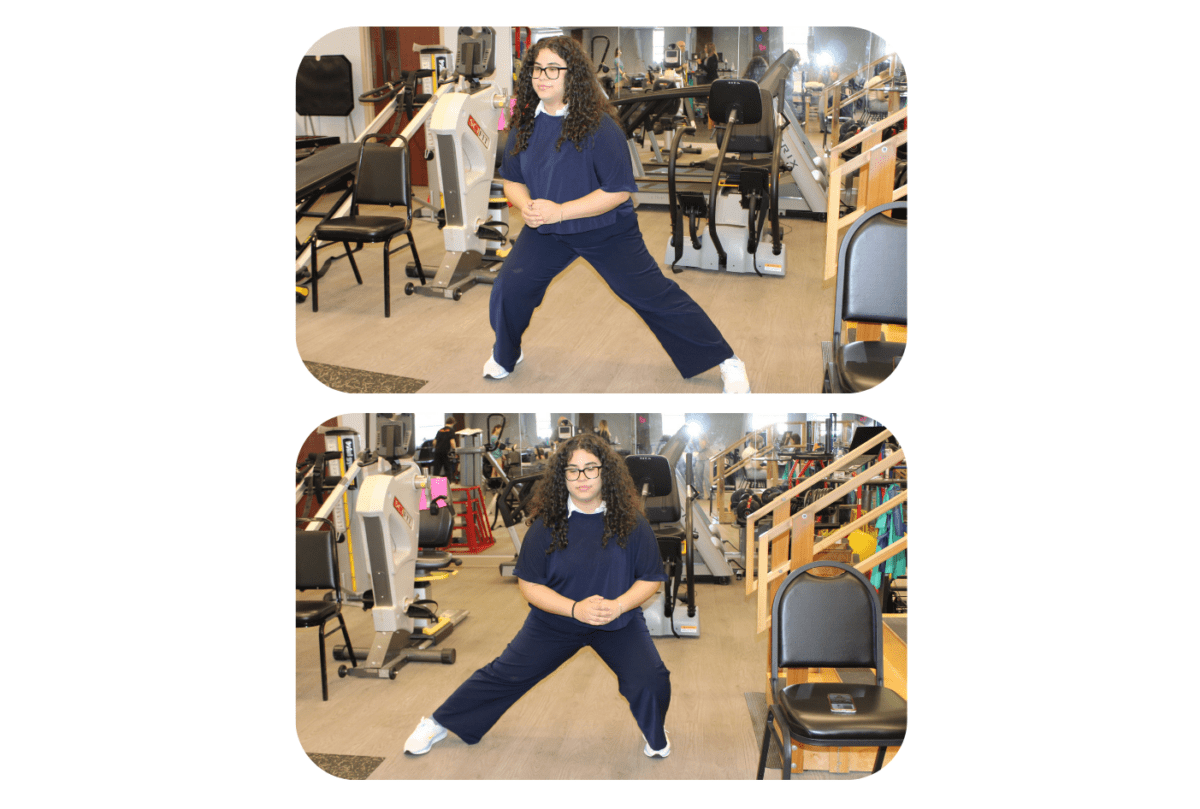
7. Forward walking lunges
Forward walking lunges involve stepping forward into a lunge position with alternating legs, engaging quads, glutes, hamstrings, and hip flexors. Retro (backward) lunges reverse this motion by stepping backward instead of forward. Both variations improve dynamic balance, strengthen lower body muscles, and enhance joint stability. Maintain proper form by keeping knees aligned over ankles.
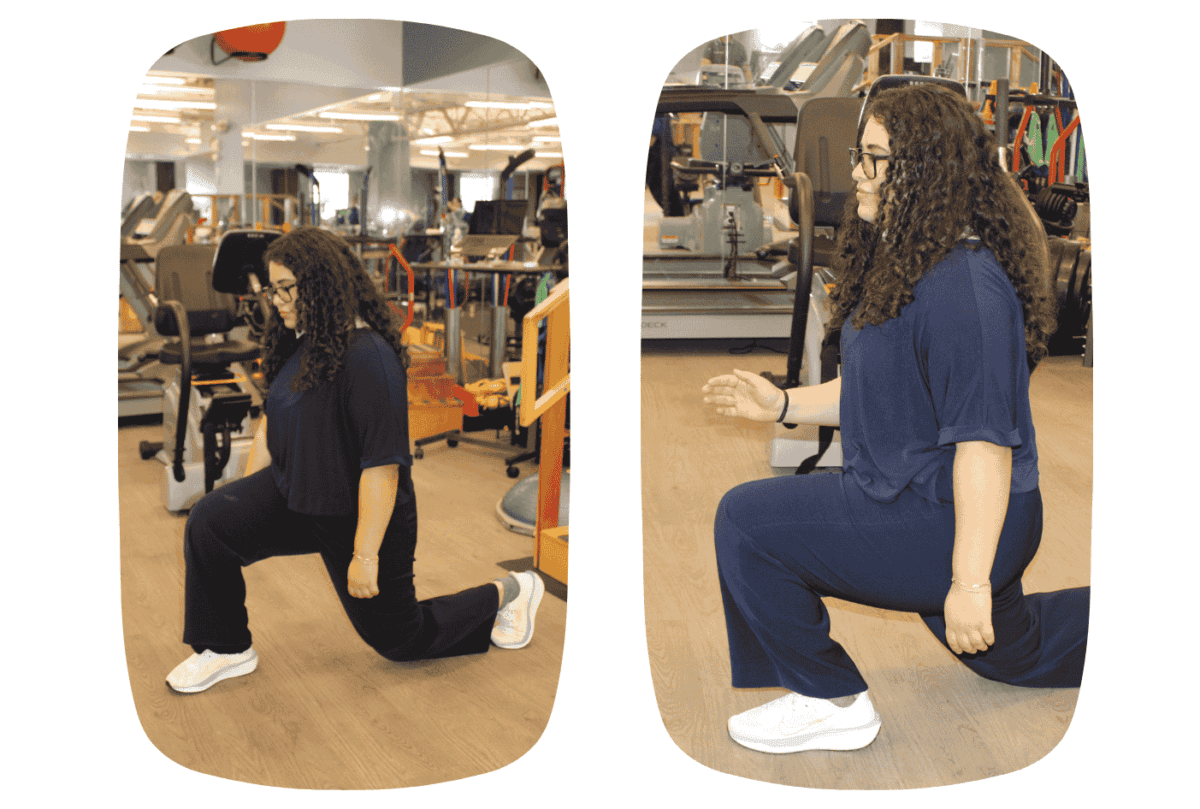
8. 30-feet bear crawls
Bear crawls engage multiple muscle groups including shoulders, core, legs, and arms while improving coordination. Begin in a tabletop position with knees hovering slightly above the ground. Crawl forward using opposite hand-and-foot movements for 30 feet while maintaining a neutral spine. This full-body exercise builds strength and endurance.
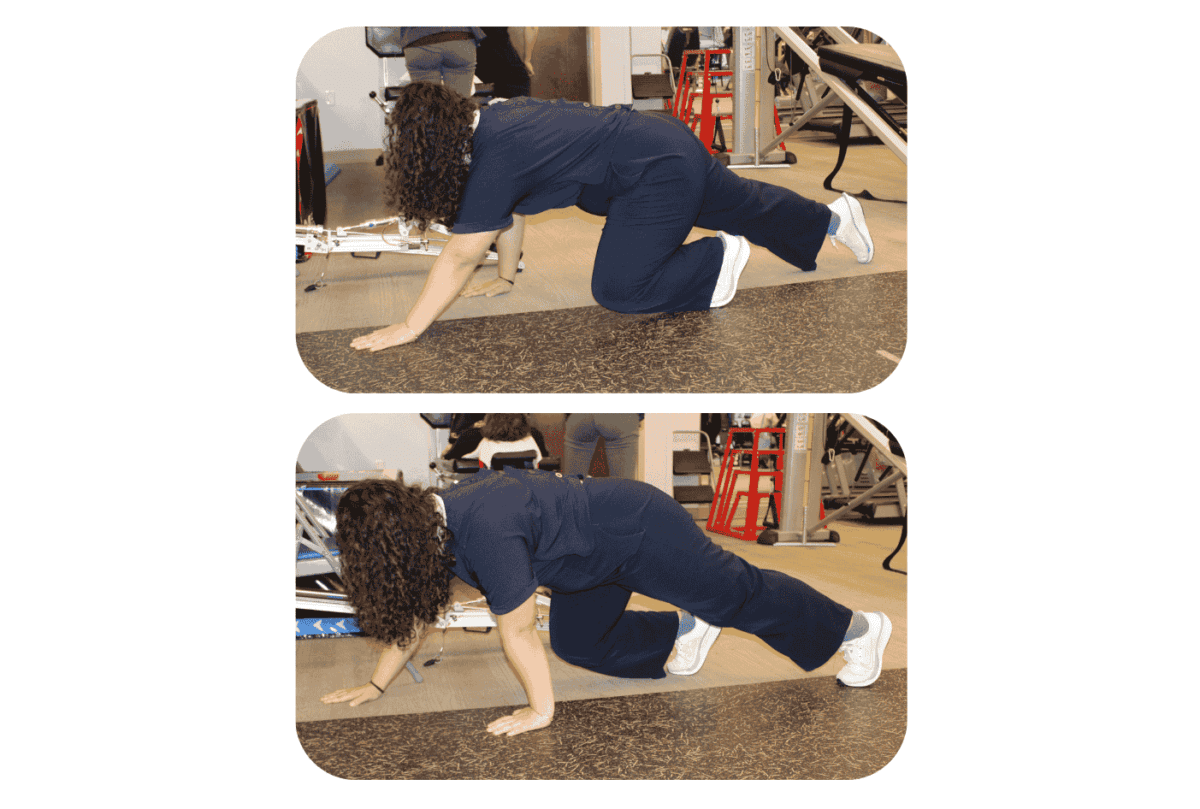
9. Plank holds
Plank holds are an isometric core exercise that strengthens abdominal muscles along with shoulders and glutes. Start in a forearm plank position with elbows under shoulders and body forming a straight line from head to heels. Hold this position while engaging core muscles for up to 60 seconds per set. Planks improve posture, stability, and overall core strength. Please see below for different variations. You may drop your knees if needed.
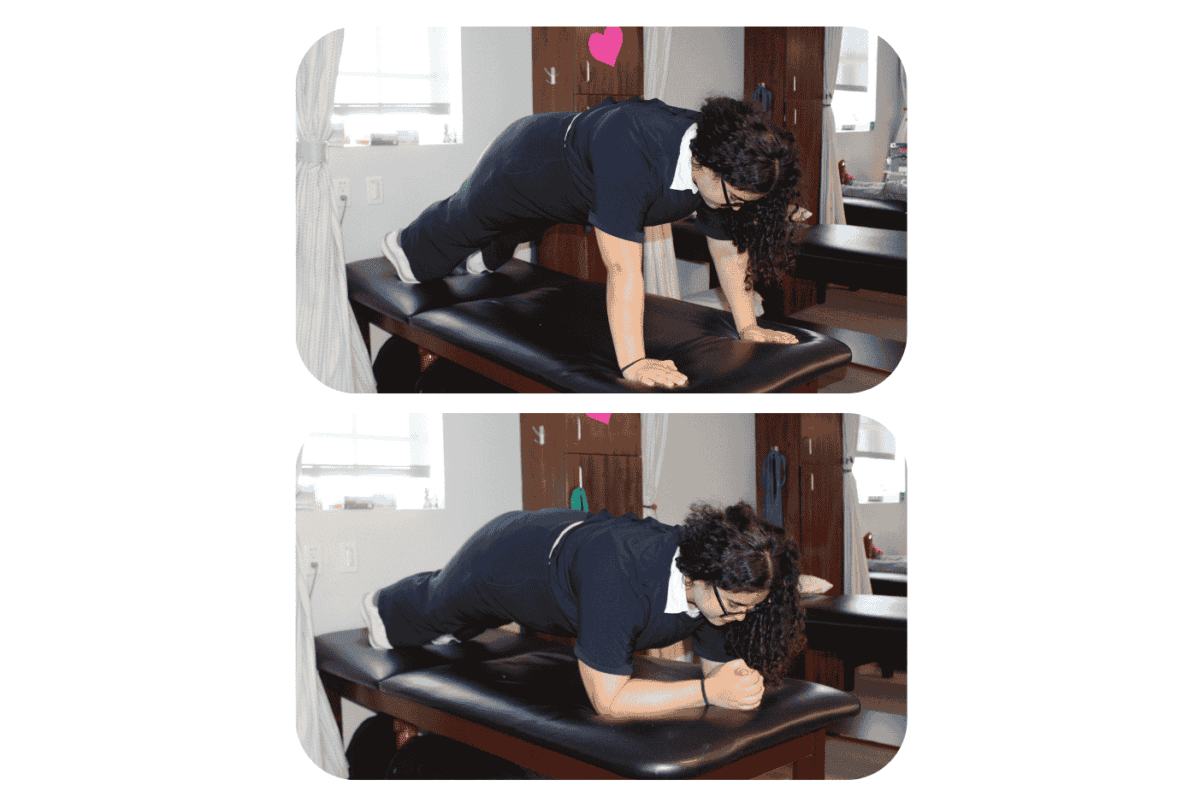
10. Body Weight Squat
Bodyweight squats are foundational for building lower body strength without equipment. Stand with feet shoulder-width apart; lower into a squat by bending at hips and knees while keeping chest upright. Push through heels to return to standing. This movement strengthens quads, hamstrings, glutes and improves hip mobility.
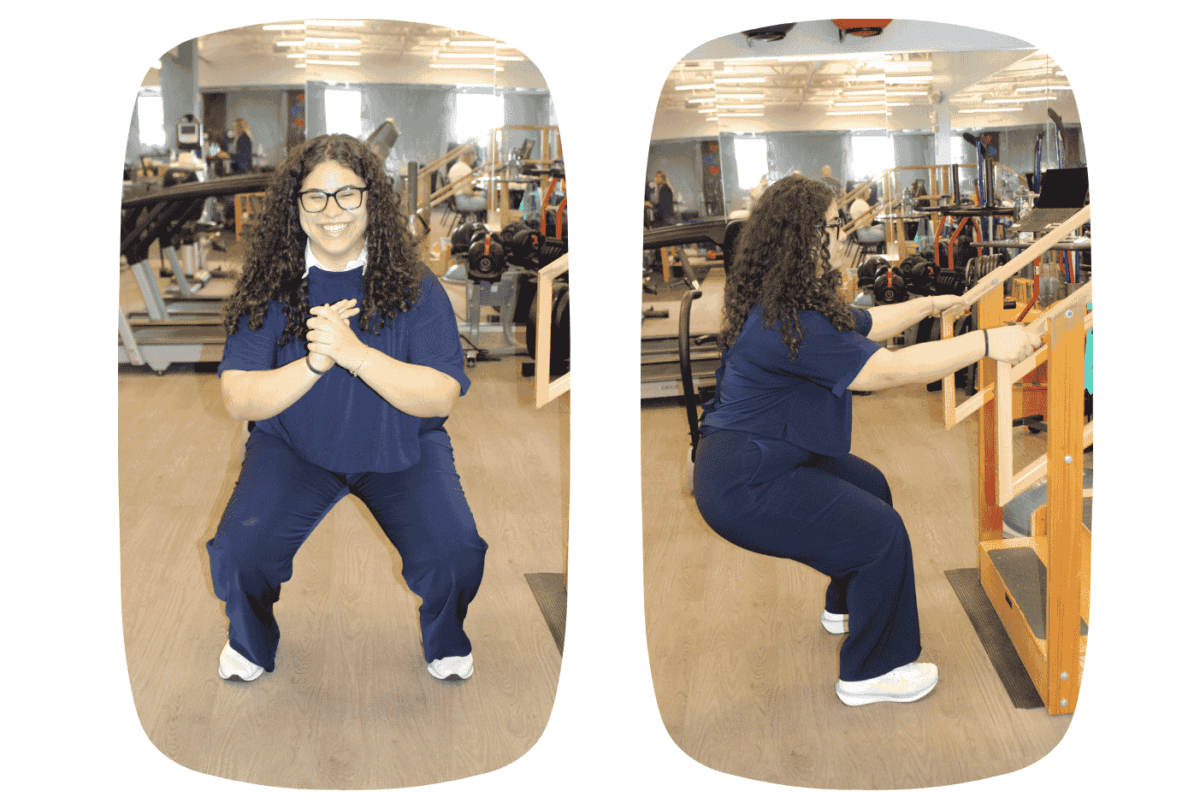
If you feel knee pain while performing this exercise, there may be something wrong.
11. PVC pass throughs
PVC pass-throughs enhance shoulder flexibility by stretching anterior deltoids and chest muscles. Hold a PVC pipe or stick with an overhand grip wider than shoulder-width apart. Raise it overhead then pass it behind you as far as comfortable before returning overhead again. Perform slowly to avoid strain.
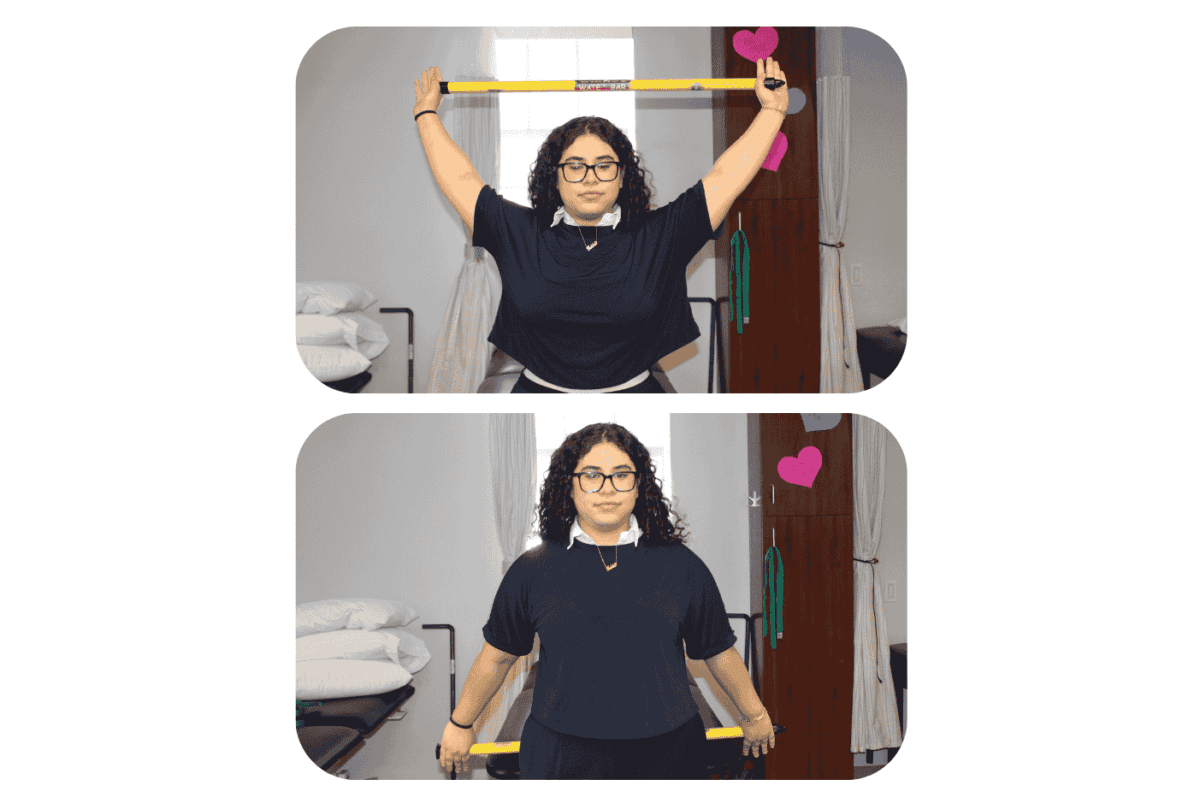
12. Bike or rower
Using a stationary bike or rower is an effective warm-up that increases blood circulation throughout major muscle groups while preparing joints for activity. Cycling targets legs while rowing engages both upper- and lower-body muscles simultaneously. Spend 5–10 minutes at moderate intensity before starting other exercises or stretches.
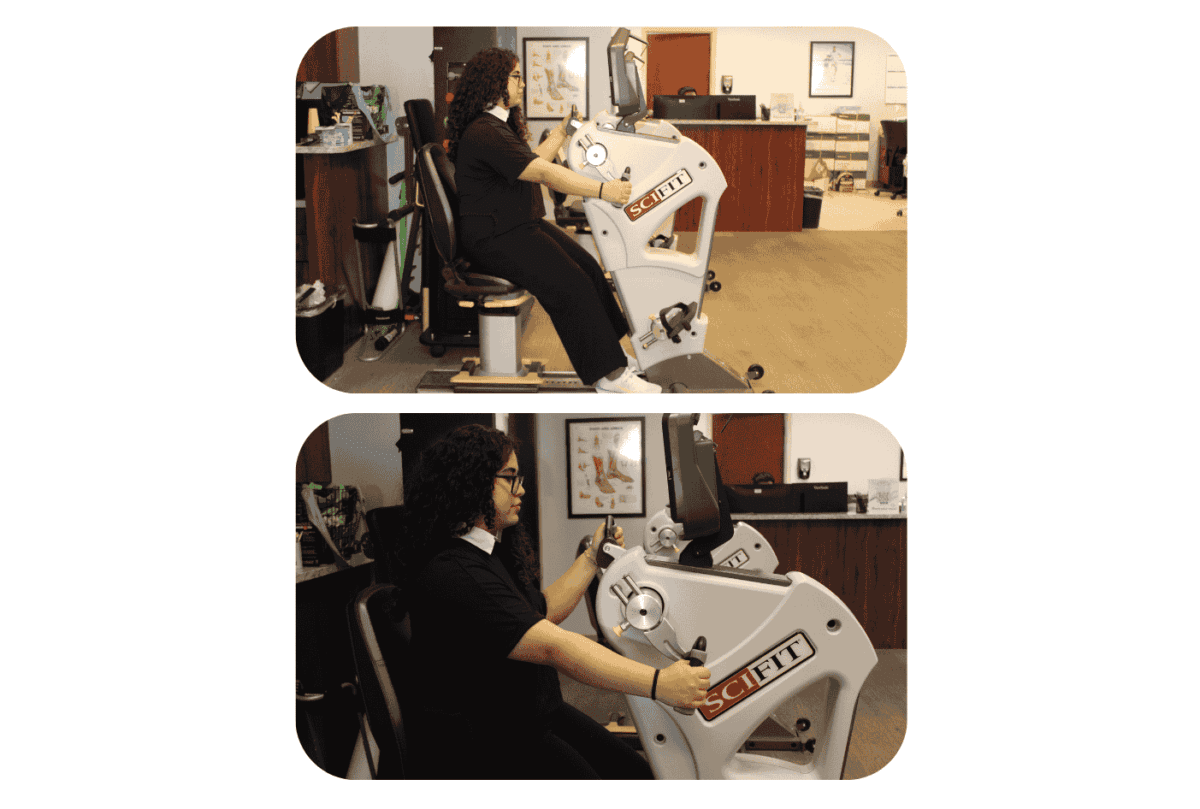
Be proactive about stretching and mobility training before weight lifting
Incorporating proactive stretching and mobility training into your weightlifting routine is essential for maximizing performance and minimizing injury risk. By prioritizing flexibility and range of motion, you can enhance your overall strength and endurance, allowing you to tackle more challenging workouts with confidence. Regular stretching and mobility exercises also help maintain joint health, reducing the likelihood of strains and other common lifting injuries. As you continue on your fitness journey, remember that a proactive approach to stretching and mobility is not just a supplement to your training, but a fundamental component that will elevate your progress and ensure long-term success in weightlifting.
Get convenient, comprehensive Physical Therapy care
Whether you have a weight lifting injury or uncomfortable pain from stretching, the care team at Florida Orthopaedic Institute includes specialists in every aspect of orthopedics. If you’re having discomfort, let us create a customized treatment plan to help you—safely—get back into action and keep active.
Don’t wait to schedule an evaluation with a specialist at one of our many convenient locations in Central Florida. Call us or request an appointment today.
By: Christina Lovera, PT Assistant, & Angela Brannon, Therapy Clinical Manager
Pictured: Tahlia Arias, Student PTA
You might also like:
- When are ACL injury symptoms serious enough to see a physician?
- 7 running safety tips for running safety month
- 7 tips to help avoid injuries while hiking
About Florida Orthopaedic Institute
Founded in 1989, Florida Orthopaedic Institute is Florida’s largest physician-led orthopedic group. It provides expertise and treatment of orthopedic-related injuries and conditions, including adult reconstruction and arthritis, foot and ankle, general orthopedics, hand and wrist, orthopedic trauma, shoulder and elbow, spine, interventional pain management, sports medicine, podiatry, physical medicine and rehabilitation, chiropractic services, and physical and occupational therapy, among others. The organization treats patients throughout its surgery centers in North Tampa, South Tampa, and Citrus Park, at several orthopaedic Urgent Care centers and at office locations in Bloomingdale, Brandon, Citrus Park, Gainesville, Lakeland, Northdale, North Tampa, Ocala, Palm Harbor, Riverview, South Tampa, Sun City Center and Wesley Chapel.
April 9, 2025
